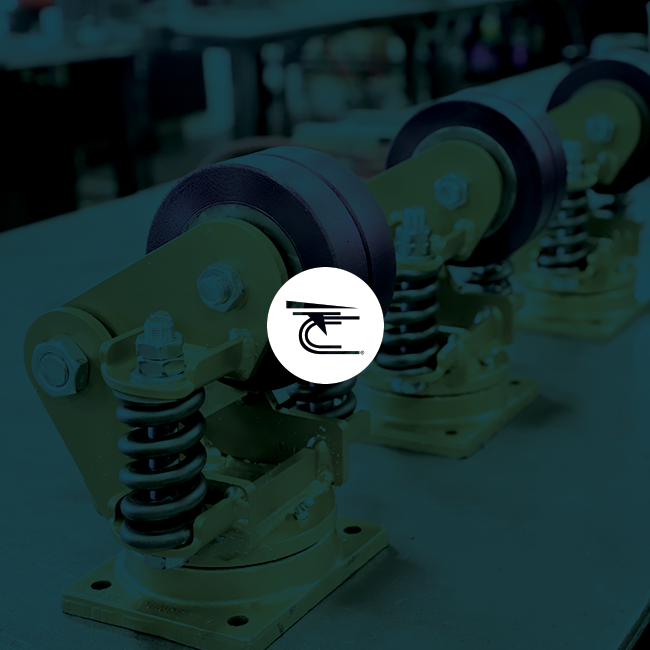

I get asked many times in the field at various different plants the following question. Are round tread (or balloon tread) wheels better for caster ergonomics? In theory the answer is yes. Less floor contact from the polyurethane tread means less resistance to the swiveling action of the caster. I will discuss in this post why a round tread wheel is not necessarily the best wheel for ergonomics.
We offer both a round tread and what we would consider our standard ergonomic wheel (or slight tapered tread) to our customers. Based on general physics, a dolly will be much easier to push and pull at 750 total pounds versus 2000 pounds. The key is designing a wheel and caster that will allow manual maneuverability across that range of weight. Typically, we have found that for total dolly loads of up to 1000 pounds the push/pull testing performance of these two wheels is identical. Where we begin to see some difference between the two is when the load is increased to 1200, 1500 and even 2000 pounds. This is where the balloon tread begins to show signs of increased polyurethane compression and begins to push and pull with more difficulty. The slight tapered wheel is consistent in its compression at 750 pounds up to 2000 pounds. Sure there is a bit more polyurethane compression on the slightly tapered wheel but it is quite minimal and has little effect on the performance of the wheel and its resistance to swiveling.
Typically, in many plants a cart or dolly can start out being used at a lower capacity and a year into a new program be utilized in a completely different area. Many times this cart is required to carry more load than originally intended. That is why it is critical to identify a wheel that will have consistent results across many weight ranges. If you are looking for maximum performance across that range of weights, the slight taper wheel is a much better way to go. As the weights increase the slight taper wheel begins to consistently outperform the round tread wheel.
When trying to improve your push/pull testing in the field, the shape of your wheel is one of the last things you should consider but does have importance. The correct polyurethane hardness, the positioning of the rigid casters, and configuration of the swivel section should all be evaluated before making a final caster assembly selection. Please feel free to contact me at mkulka@casterconcepts.com for any further industrial caster questions.